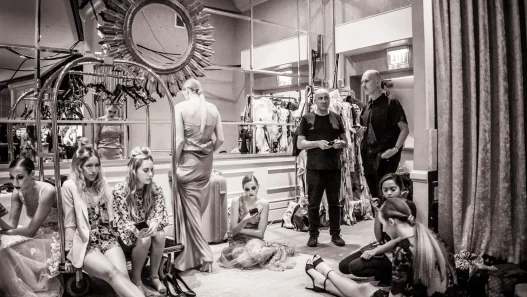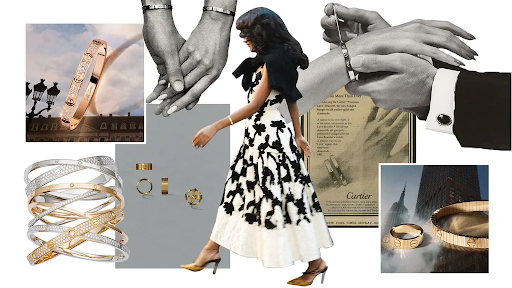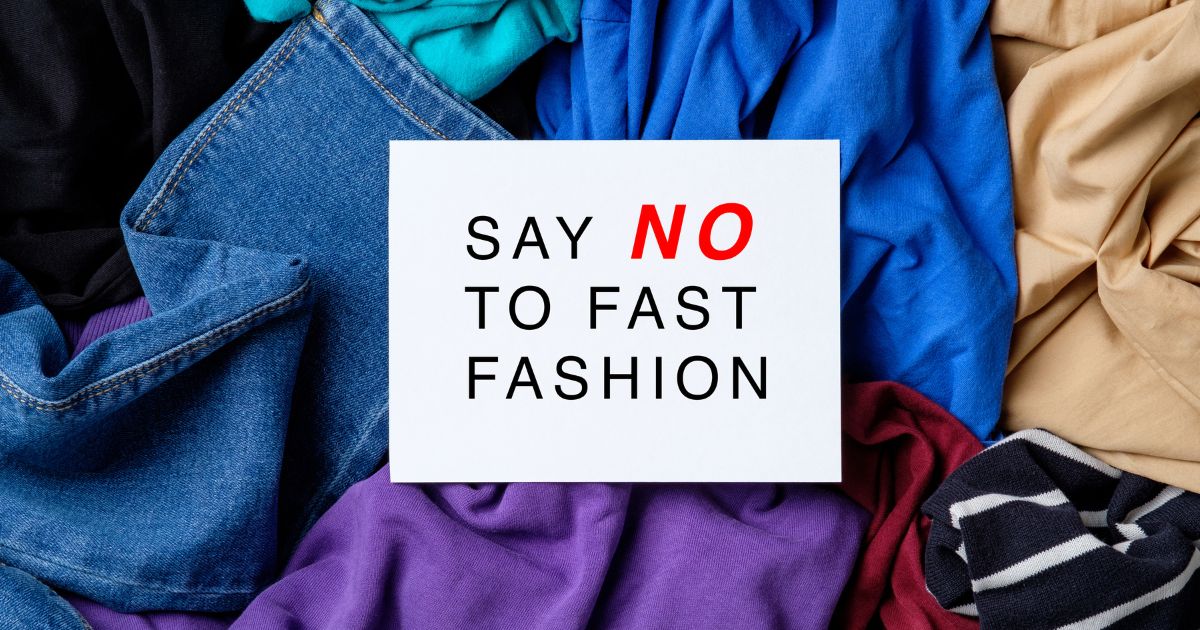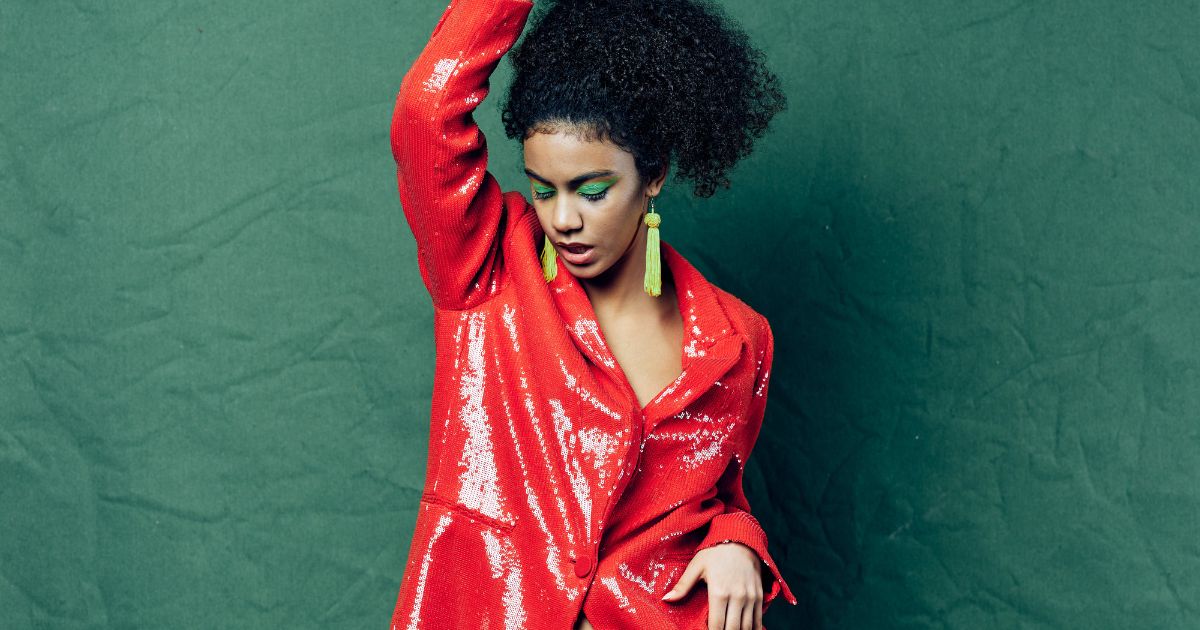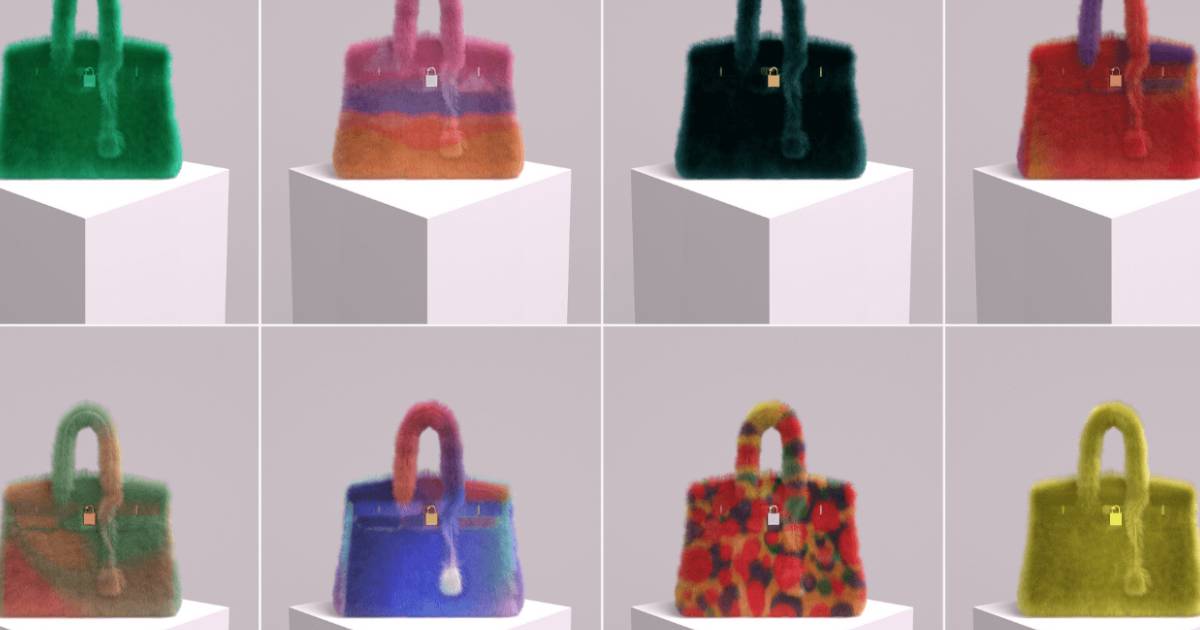Technology is one of those things that never stops evolving in the current era. We have seen how it did wonders in many enterprises, as well as in the fashion world. The invention of Virtual Reality (VR) and Augmented reality (AR) took it to a different sphere. Who could have wondered if we could try on clothes without wearing them? For instance, during the Paris Fashion Week in 2016, Balenciaga released a 360-degree live webcast of their fall collection.[1] Before diving into the topic, what exactly is virtual fashion? Remember those games we used to play where we have to change the outfit of the avatar, by choosing various models? Virtual fashion is something kind of this, where a designer’s ideas are put out into a virtual form and we get to choose. On one hand, it did seem to answer the sustainability concerns of the fashion industry, and on the other, also provided a platform for independent brands. But it did have its cons because of “technology”. Many often argue virtual fashion stores unwanted information and that these travel a web of hosts and that it might be a great threat. Apart from all these concerns, another major question of the issue is the legal validity of the design created, and other legal concerns will be discussed in this article.
WHY THERE’S A RISE OF VIRTUAL FASHION
As discussed before, the emergence of virtual fashion, a decade back was because of video games. Till today, the annual market for game skins is believed to be worth $40 billion, and major fashion labels, like Louis Vuitton, Gucci, Diesel, and Adidas, have already developed virtual clothes for the metaverse. This market might grow to $50 billion in the future years.[2] Although virtual fashion roots its origin in the gaming industry, it shifted in the following years. It was not just the pandemic that led to this but it did exist when several brands started campaigning using the technology. And with the whole covid situation in the entire world there was a surge in the usage of technology and so the fashion industry had to readapt to sustain itself as there was a need for consumer interaction.
With the emergence of the NFT and an industry that was increasingly gravitating toward online fashion shows and the Metaverse in general, the ideal incubator to advance digital fashion was thus in place. Only recently have we seen a genuine, viable, and relatively effective use of digital fashion as a currency rather than just another marketing tool.[3] With covid-19 shutting down the entire world, all brands have had to experiment in the virtual ground for more consumer interaction and this led to an acceleration in production and marketing innovation. Several fashion firms started to act more of a web presence for their growth in digital consumption. Dress-X, a digital fashion start-up formed in 2020, has unveiled an app that allows clients to try on and purchase 3D digital garments from its designer marketplace. The firm sells virtual clothing, digitizes physical collections, and builds digital apparel from the ground up, allowing collectors to wear it in augmented reality using their app.[4]
As a result, they provide an alternative to online shopping behaviour that has resulted in massive returns and has hampered the capacity of fashion enterprises to manage their inventory. Major fashion labels such as Tommy Hilfiger and Carling are currently seeking to simplify their supply chain and save costs. Currently, big fashion labels such as Tommy Hilfiger and Carling are striving to simplify their supply chain and reduce the cost of their design and marketing stages by substituting virtual digital garments generated using 3D design software for conventional physical samples.
The rise of virtual reality and other digital technologies also enabled the creation of virtual fashion experiences, such as virtual fashion shows and virtual try-on technology for online shopping. Even Virtual gear and Snapchat filters became popular as there were easily accessible to consumers. The sustainability factor is another interesting part that led to more support for the entire virtual thing. It’s no secret that the fashion sector contributes significantly to global pollution. According to 2018 research published by the United Nations Economic Commission for Europe, the textile sector creates 20% of worldwide water waste and sends 85 percent of textiles (21 billion tonnes) to landfills each year.[5]This overconsumption satisfied the masses of fast fashion, novelty-obsessed enthusiasts who admired merchants as they pushed out multiple designs each year. However, as seen in recent months, social media has investigated society’s ethics and morality, resulting in a strong need for reform.
LEGAL CONCERNS:
With virtual fashion coming into the picture, legal concerns regarding intellectual property rights have been recognized. As it is necessary to take steps to secure security for virtual products. Nike, for example, submitted seven intent-to-use applications in October 2021 for some of its most renowned trademarks, including “Nike,” “Just Do It,” “Jordan,” and “Air Jordan,” as well as the iconic swoosh logo, the Jordan silhouette logo, and a combination of its name and the swoosh logo. Nike intends to use these marks for “downloadable virtual goods,” “retail store services featuring virtual goods,” and “entertainment services, namely, providing online, non-downloadable virtual footwear, clothing, headwear, eyewear, bags, sports bags, backpacks, sports equipment, art, toys, and accessories for use in virtual environments,” according to the application. Nike will be able to defend its trademarks on virtual items by filing this application.[6]
With Virtual Reality coinciding with the fashion industry, undoubtedly more digital content was made available in the sphere that content may lead to an illegal way of using brand copyrights and trademarks. Courts inferred that the use of a third-party fashion brand’s mark in VR/AR technology is not infringement where those uses are referential, as in previous cases where third-party marks are displayed in movies.[7] And this clearly blurred the line between what is an infringement and what can be termed as a reference. The more information out there, the more difficult it is to identify all unlawful trademark and trade dress usage in order to protect its trademark rights. Developers should also keep in mind that certain brands possess trade dress registrations for protectable features of real-life store layouts that might be enforced against a virtual store layout. According to Lion and Greene, “developers cannot just create a virtual store based on a popular real-life business without first determining if the layout is ediprotectable”. Fashion labels should also ensure that any current trademark licensing agreements with distributors or other parties include wording that covers and restricts the usage of the mark in the VR environment.
The question of how the right is obtained poses many questions too. The right first of all is not extended to the digital counterpart when an existing piece is digitalized. But its the brand that sends a 3D designer its physical design for digital reconstruction, and when the designer animates using software tools, then the brand no longer controls the digital version of its design. It is the property of the 3D designer or software agency that created the aforementioned version. If the owner intends to get ownership of the digital edition of the garment, he must engage in a contract with the 3D designer. If many agencies are engaged in the production of the 3D design, a licensing agreement can be formed to describe the relationship between all parties involved.
CONCLUSION
The disruption of the fashion industry by technology will continue to have an influence on designers and customers, but it also raises a new set of legal challenges to address. Because businesses often lack the skills to produce such technologies, fashion designers will increasingly seek to technology companies for collaborations and co-ventures. Hence, there is a need to regulate this sphere of fashion industry as well as there are many high chances virtual fashion being the future of the country.
[1] https://www.digitalcommerce360.com/2017/05/30/fashion-technology-raises-novel-legal-issues/
[2] https://nft-arty.com/the-history-of-digital-fashion/
[3] https://www.unpublishedzine.com/fashion-beauty/digital-fashion-done-before-it-started
[4] https://lawessential.com/blogs-ip/f/the-advent-of-digital-fashion-and-their-ip-rights
[5] https://keiseimagazine.com/the-evolution-of-digital-fashion-and-the-impact-on-sustainability/
[6] http://www.fordhamiplj.org/2022/01/11/virtual-fashion-can-designers-lose-their-intellectual-property-rights/
[7] https://ipwatchdog.com/2017/08/16/fashion-virtual-reality-law/id=86867/#
Author- Bhavya Sree




